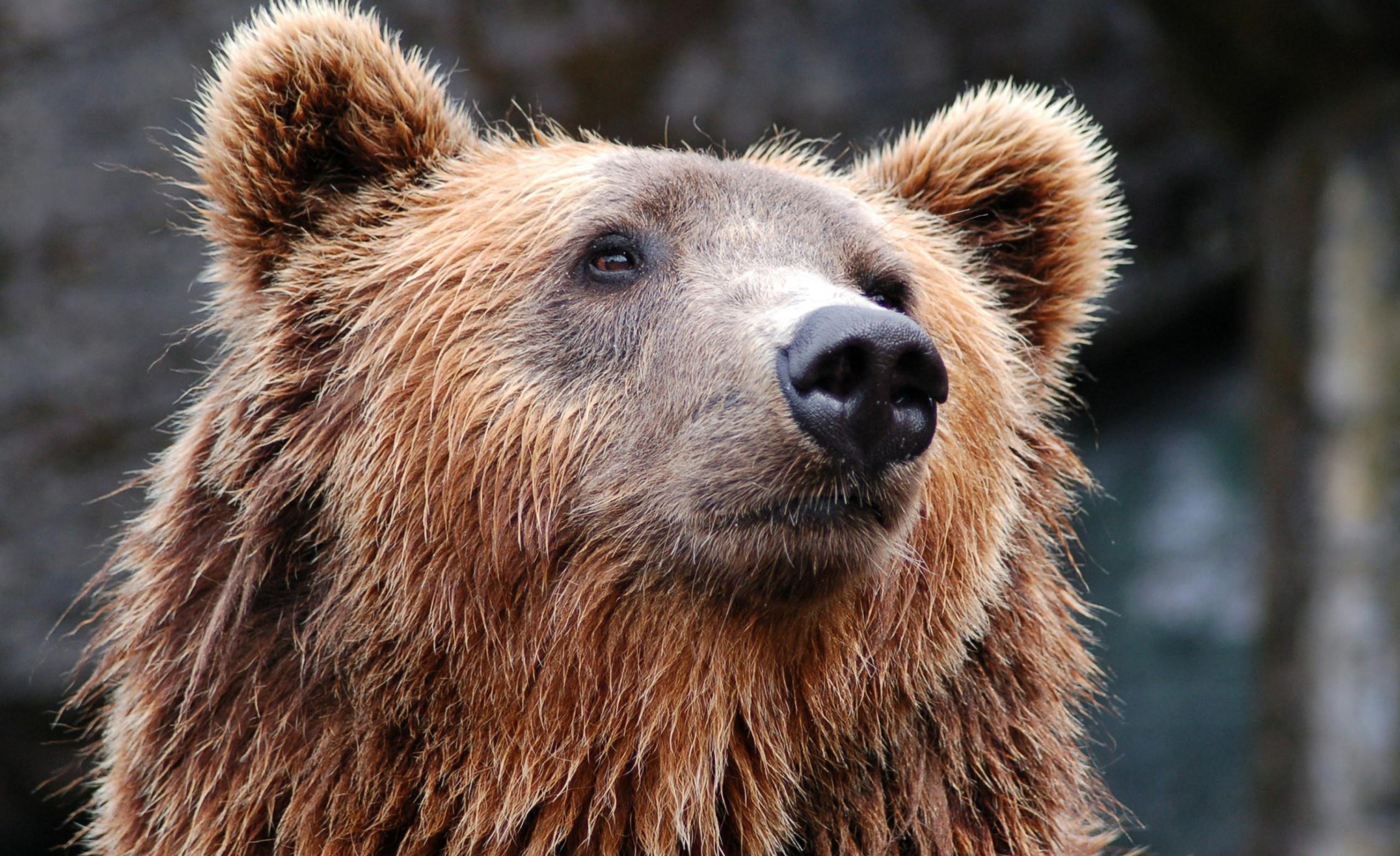
Bears on the Brink: Why Grizzly Bears Are Running Out of Time
Grizzly bears, the majestic giants of North America’s wilderness, are facing an unprecedented crisis.
Despite their iconic status and crucial role in the ecosystem, grizzly bears are running out of time.
This blog explores the reasons behind their decline and the urgent need for conservation efforts.
The Historical Context
Grizzly bears once roamed vast areas of North America, from the Great Plains to the Pacific Coast.
Their population was estimated at around 50,000 in the lower 48 states. However, a century of hunting, habitat destruction, and human encroachment drastically reduced their numbers.
By the mid-20th century, grizzly bears were on the brink of extinction in the contiguous United States.
Current Population and Distribution
Today, grizzly bears are primarily found in isolated pockets in the Northern Rockies, including Yellowstone and Glacier National Parks.
The current population in the lower 48 states is estimated to be fewer than 2,000 individuals.
While this is an improvement from their lowest numbers, it is still a fraction of their historical population.
Threats to Grizzly Bears
- Habitat Loss: One of the most significant threats to grizzly bears is habitat loss.
Urbanization, agriculture, and infrastructure development have fragmented their natural habitats, making it difficult for them to find food, mates, and safe areas to roam. - Climate Change: Climate change is exacerbating the challenges faced by grizzly bears.
Warmer temperatures are affecting the availability of key food sources, such as whitebark pine seeds.
As these food sources decline, grizzly bears are forced to venture into lower elevations, increasing the likelihood of human-bear conflicts. - Human-Wildlife Conflict: As grizzly bears move closer to human settlements in search of food, the chances of conflicts increase. Bears are often attracted to garbage, livestock, and crops, leading to dangerous encounters with humans.
Unfortunately, these conflicts often result in the bears being killed. - Poaching and Illegal Hunting: Despite legal protections, poaching and illegal hunting remain significant threats to grizzly bears.
Some individuals kill bears out of fear, for trophies, or due to perceived threats to livestock. - Road Mortality: Vehicle collisions are another major cause of grizzly bear deaths.
As human infrastructure expands into bear habitats, the risk of road mortality increases.

Conservation Efforts
Efforts to conserve grizzly bears have been ongoing for decades.
The Endangered Species Act (ESA) has played a crucial role in protecting grizzly bears and their habitats.
Since being listed as threatened in 1975, grizzly bear populations have shown signs of recovery.
However, the road to full recovery is long and fraught with challenges.
- Habitat Protection: Protecting and restoring grizzly bear habitats is essential for their survival.
This includes preserving large, contiguous areas of wilderness where bears can roam freely without the threat of human encroachment. - Reducing Human-Bear Conflicts: Implementing measures to reduce human-bear conflicts is critical.
This includes securing garbage, using bear-proof containers, and educating the public about living in bear country.
By minimizing attractants, we can reduce the likelihood of dangerous encounters. - Climate Change Mitigation: Addressing climate change is vital for the long-term survival of grizzly bears.
Efforts to reduce greenhouse gas emissions and protect critical habitats from the impacts of climate change are necessary to ensure a stable environment for these bears. - Legal Protections: Maintaining and strengthening legal protections for grizzly bears is crucial.
This includes enforcing anti-poaching laws and ensuring that any delisting decisions are based on sound science and do not jeopardize the bears’ recovery. - Research and Monitoring: Continued research and monitoring of grizzly bear populations are essential for understanding their needs and threats.
This information can guide conservation strategies and help track the effectiveness of recovery efforts.
The Role of Public Support
Public support is vital for the success of grizzly bear conservation efforts.
By raising awareness about the challenges faced by grizzly bears and advocating for their protection, individuals can make a significant impact.
Supporting organizations dedicated to wildlife conservation, participating in community initiatives, and promoting coexistence with wildlife are all ways to contribute to the cause.
Conclusion
Grizzly bears are running out of time, but it is not too late to save them.
By addressing the threats they face and implementing effective conservation strategies, we can ensure that these magnificent creatures continue to thrive in the wild.
The survival of grizzly bears is not just about preserving a species; it is about maintaining the health and balance of our ecosystems.
Let us act now to protect grizzly bears and secure a future where they can roam freely and safely.
